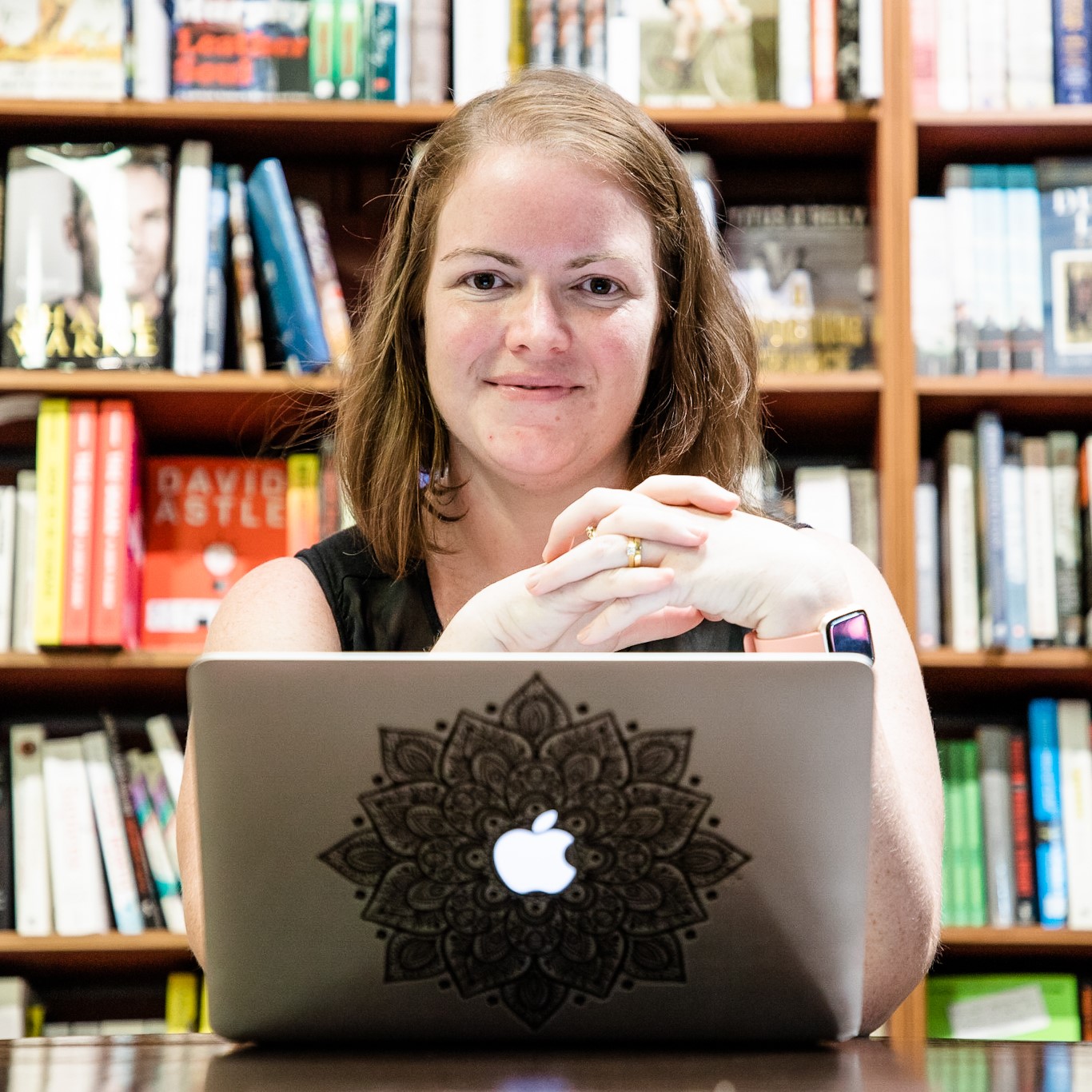The latest update to LuminarAI adds Photoshop-like layers to this already-powerful editing suite.
Accessed in the Local Masking section of LuminarAI, now you can upload transparent overlays to create special effects — and save those effects as templates for future use.
Using texture overlays in LuminarAI
I had a play with these new features with some overlays I bought long ago in a pack. LuminarAI comes with a lot of great overlay effects built in but part of its power is that you can continue to use and work with your existing (beloved) assets as well.
Under Local Masking, there’s two options: Basic or Texture. Basic works in the same way as a local adjustment brush in Lightroom — it allows you to paint areas to be affected by tweaks to the settings (exposure, temperature, etc).
The Texture option is where the fun is to be had. Click the Load Texture button to select the file you’d like to use, then paint the image where you want the layer applied.

I selected a dust overlay and painted where I wanted it. All the layer features you need are there: erasing the mask, blend modes and tweaking the brightness and color of the layer.

Multiple masks are supported, so after I edited the image to my liking in the Tools panel, I added a Basic overlay to adjust the exposure in certain spots, and another light flare layer over the top (as another Texture overlay). Use the Place Texture button to adjust the position of the overlay for best effects.

To use my edit again, including my Texture masks, it’s a simple matter of saving the settings as a new template.
I love the ease of doing the basic image developing, adding overlays, non-destructively and with everything able to be saved as a template for other images, all without having to change programs. My Adobe editing process to achieve the same effect is something like this: Basic edits in Lightroom, then send to Photoshop to add layers. If I need to tweak my underlying edit, I can do that in Photoshop of course: Adding local adjustments and so on, but the problem is that these additional edits don’t sync back to the original in Lightroom. This means that I’ve got to make sure my Lightroom edit is as close to done as possible, before adding overlays.
It also means that the additional work I do in Photoshop has to be manually duplicated (or recorded as Actions) if I want my settings repeated on other photos in the future. LuminarAI allows a more naturally iterative, back and forth flow in the edit process, because everything can be adjusted in situ. No decisions need to be final, and no efforts need to be duplicated.


I can see a lot of potential in the new layer tools in LuminarAI: Watermarks, text, frame templates and more. With practically no learning curve, it’s easier than ever to get the effect you want, quickly.
Create the photos you imagined, with Luminar Neo
Your photos are precious. That’s why Luminar Neo puts them in the spotlight. Check out the latest in AI photo editing, with tools to make your workflow faster and allowing you to bring your unique ideas to life!














… Adding local adjustments and so on, but the problem is that these additional edits don’t sync back to the original in Lightroom …
Hi,
did you test the way back from Photoshop with local adjustments to Lightroom? I think this is the charme of external plugins in Lightroom like Photoshop or Luminar.
I haven’t tried that, no! I’ll have to give it a go.